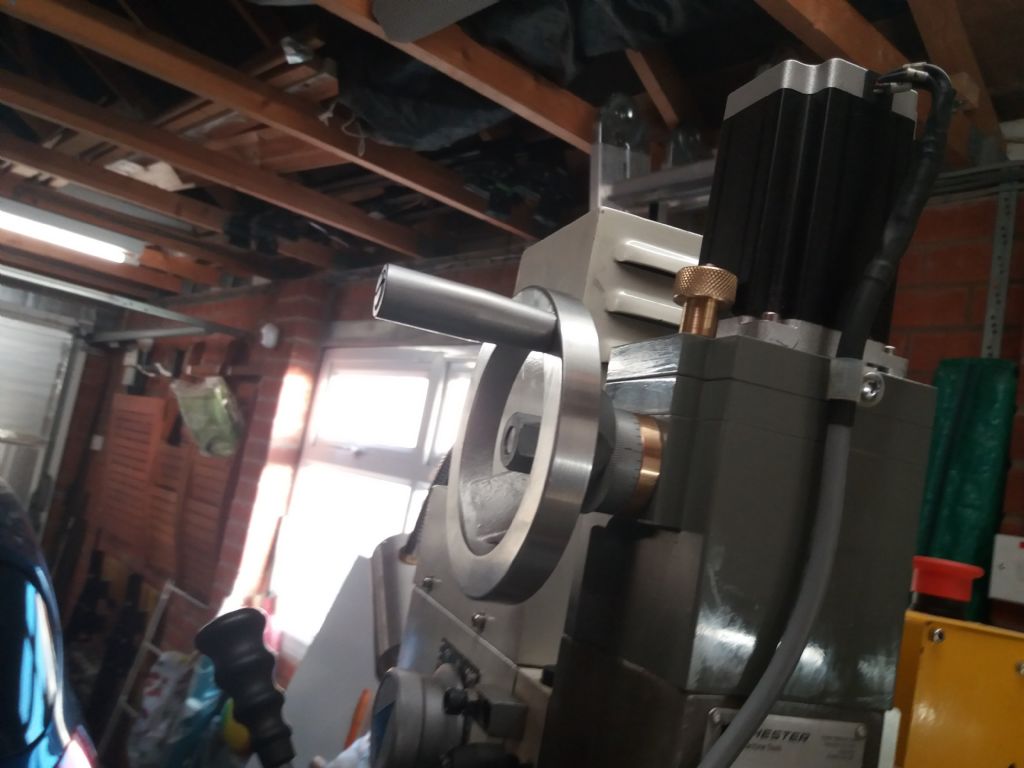The way I see it, balancing the head isn’t the fundamental issue, it’s balancing *and* eliminating sticking *and* eliminating backlash. In fact balancing is probably the least important of the three. Addressing one Z-axis issue but not the others seems pointless, since the one(s) remaining will eventually get you.
I understand about the couple on the head and position on the counterbalance link to both reduce sticking and balance the head, but as soon as you put cutting loads on the head, the theoretical link position will change slightly (if I understand correctly).
I think the most relevant improvement in this case would be to eliminate backlash – or reduce it to a sensible level. You can see from the video I posted that it’s quite severe – about 5-10mm. Combined with the stick-slip it’s asking for trouble.
If the head’s not balanced, it just gives a bit more load on the hand wheels (the head won’t drop anyway with fine feed engaged). The gas strut is fine – in fact almost perfect notwithstanding the offset load it gives.
If there’s any sticking, it’ll be overcome by the action of positively moving the head with the hand levers. The worst that can happen I assume is that there would be a momentary increase in load. I doubt this would be felt to any significant degree by the time the worm drive has increased the handwheel torque on the pinion.
So I’m left with swapping the rack for a screw, making a spit/preloaded pinion, or experimenting with splitting the rack. The latter seems the cheapest, simplest and least risk option. Having said that, I can find no examples online, which is concerning, but there we go. The nearest example I’ve been given is a split and offset rack in a mountain railway system, but that’s not to reduce backlash, it’s to ensure consistent pinion engagement. The usual method for precision rack drives us to split the pinion, but this is a far more involved modification. I can understand why this is a preferred option, since it doesn’t mean messing about with adjusting potentially long lengths of rack.
Dr_GMJN.





